The Art of Recruiting
Hiring the right people is both a skill and a process. It takes an understanding of people, a clear plan, and a smooth system to make things run efficiently. Every company has its own way of hiring, but there are some basic steps that always help find and keep great employees.
A clear job description is the foundation of a strong hiring process. It’s important to be specific about what the job involves, what skills are needed, and what’s expected. This makes it easier to attract the right candidates and avoid wasting time on those who aren’t a good fit. A job posting should do more than list requirements; it should grab attention and show what makes your company a great place to work. Posting in the right places, like industry job boards and professional networking sites, helps reach the best applicants.
Beyond job ads, using employee networks can be a great way to find new hires. Referral programs encourage employees to recommend people they know, often leading to hires who fit in better and stay longer. Offering bonuses or other perks for successful referrals makes this method even more effective.
A quick phone or video interview can help see if a candidate is interested, can communicate well, and fits the company’s culture. Structured interviews, where each candidate is asked the same questions and rated the same way, make sure the process is fair. Asking about real-life work situations can give insight into how someone handles challenges and works with others.
It’s also important to consider how well a candidate fits the company culture. Even someone with the right skills may struggle if they don’t match the company’s values or way of working. Introducing candidates to team members, talking about work expectations, and looking at their soft skills can help with this. Work samples or skills tests are also useful for seeing if someone can actually do the job, rather than just talk about it.
Hiring quickly is also key. Great candidates often have multiple job offers, and if your process takes too long, you may lose them to another company. Setting clear timelines, keeping in touch with candidates, and using technology to speed up scheduling can make a big difference. People appreciate a fast and organized process, and it leaves a good impression of your company.
Of course, no matter how smooth the hiring process is, it won’t work if the job offer isn’t competitive. Pay is important, but benefits, growth opportunities, and flexibility also matter. Companies that offer strong pay, good benefits, and chances to grow are more likely to attract and keep top talent.
The candidate’s experience throughout the hiring process also matters. Poor communication, long wait times, or a cold and formal interview process can push people away and hurt the company’s reputation. Even if someone isn’t hired, giving them feedback and treating them with respect can leave a positive impression. They may apply again in the future or recommend your company to others.
When companies focus on being clear, efficient, and fair, they build teams that stay long-term and help the business grow. While every company has its own hiring approach, following these key steps will help bring in the right people without giving away any trade secrets.






